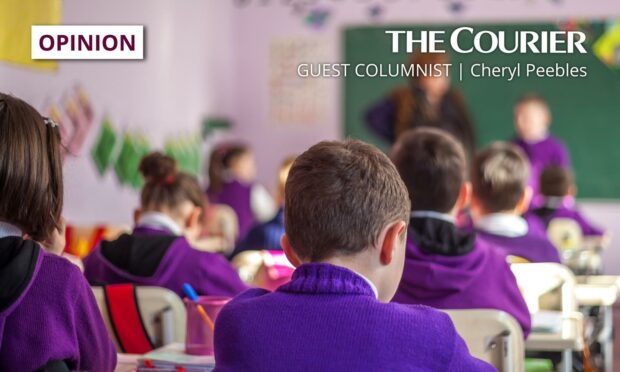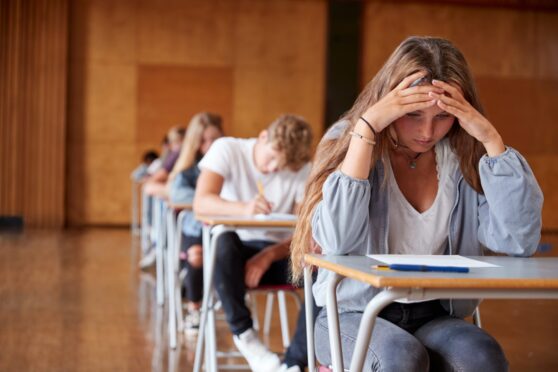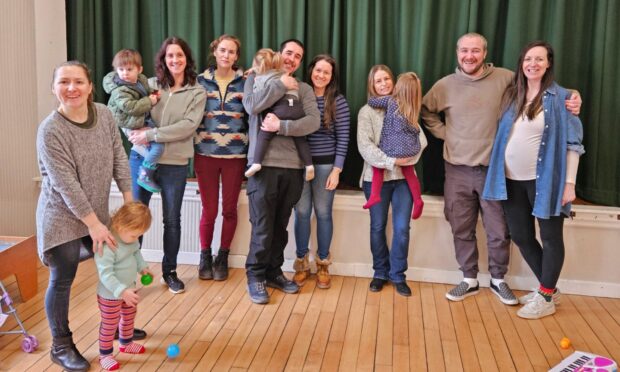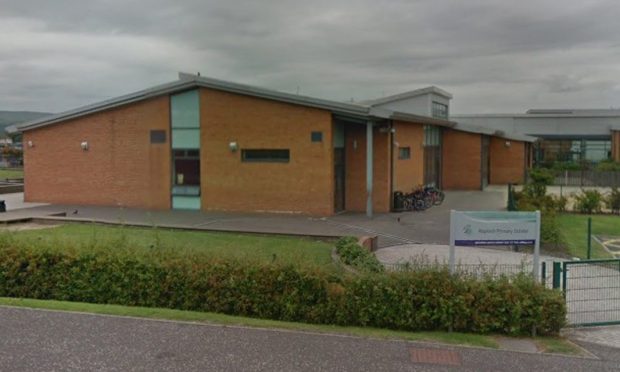I’m worried about the impact of the pandemic on my children.
Like most parents, I’m worried about the amount of time in class they lost with their teachers, their peers.
I’m worried about the time they lost making the progress in reading, writing and maths which until Covid we largely took for granted.
A few weeks into the first lockdown, and despite our best efforts, I felt I could see some loss of the mental agility they began with – and definitely a loss of the motivation.
So to see data released today laying bare the impact of the pandemic on attainment across the board is alarming.
But what’s more worrying than the fact that missing weeks and weeks of school has impacted on every child is the fact that it has impacted more on some than on others. Simply by virtue of their postcode.
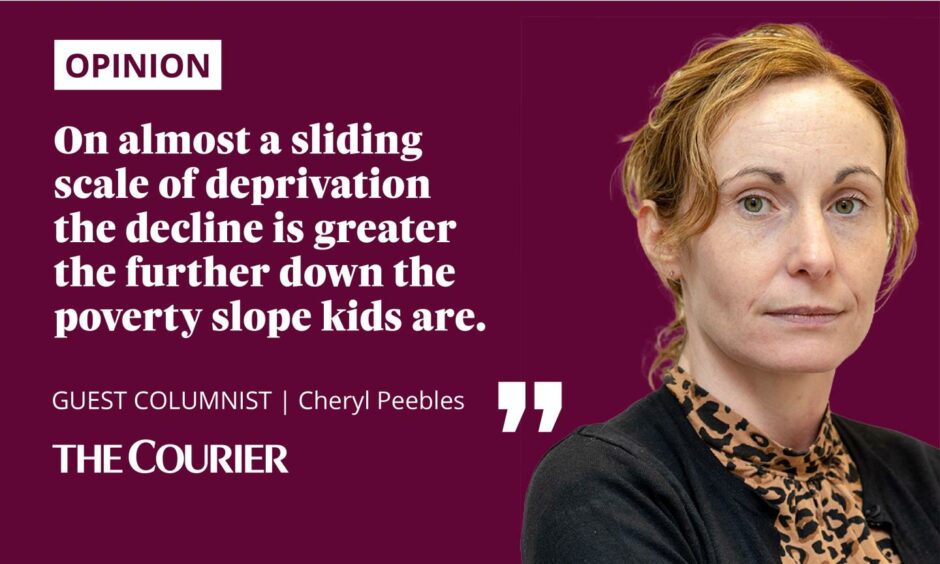
Children disadvantaged by where they live – in other words those living in poverty or deprivation – saw their progress in core skills like reading and writing, adding, subtracting and multiplying disproportionately hampered.
During the 2020/21 academic year, the attainment gap – the difference in the percentage of pupils living in poverty and wealth achieving to a certain level – grew.
The proportion of primary school pupils meeting target levels in literacy and numeracy is down across the board – but on almost a sliding scale of deprivation the decline is greater the further down the poverty slope kids are.
Covid impact on education of poorest kids
That gap had been shrinking little-by-little but when Covid hit in March 2020 children were sent home.
Three months of class time were lost then, and several more weeks at the start of this year.
Some children were well equipped. They had internet connection, access to laptops, tablets, a space to work and parents willing and able to help them with their lessons at home.
Some children were anything but well-equipped. They had no internet, no laptop, or struggled to do lessons on a parent’s mobile phone. Some had no suitable space to do their work, no structure to their day, no parental support to ensure that they logged on and completed assignments set by their teachers.
These statistics – and each and every child behind the data – are why we need to keep schools open if at all we possibly can.”
And some of these children might not have parents who worry about them falling behind in maths and English. They need their teachers to do that for them.
Thousands of laptops and connectivity devices were distributed to those families who needed them. Teachers intervened where they saw a lack of engagement from particular pupils – some even visiting homes to deliver physical learning materials to those unable to engage virtually. School hubs were set up for the most vulnerable.
It’s universally recognised that remote learning improved during the second school closure, as teachers developed their new skills and children and young people became better adapted to learning at a home computer.
But it still no came nowhere near education delivered in school, in person by teachers able to see in real life where pupils are struggling, where they need help.
And this data shining a light on the impact of the pandemic on children’s education came at a crucial moment.
It came as the Omicron variant again raises the threat level of the pandemic.
Some want to see schools closed once more but the Scottish Government has so far refused to do so.
These statistics – and each and every child behind the data – are why we need to keep schools open if at all we possibly can.
Cheryl Peebles is The Courier’s Schools and Family Team Leader and a mum of two.
